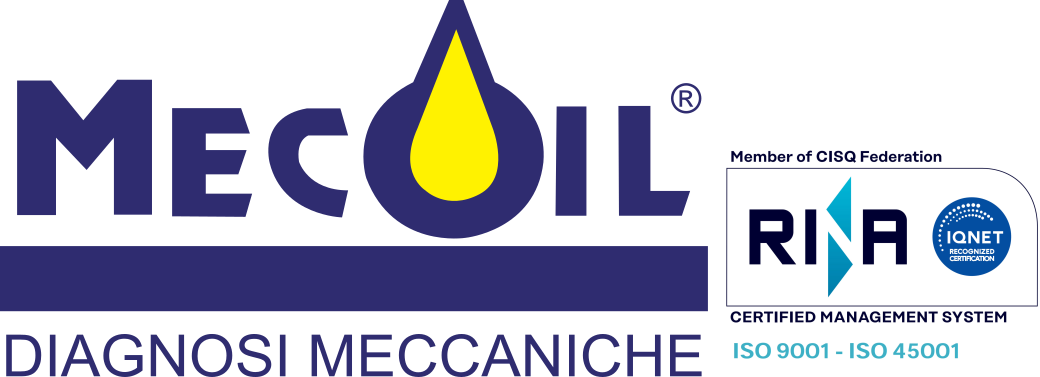Recently, during several meetings promoted by Aiman, I had the opportunity to listen to brilliant reports by technicians responsible for monitoring strategic machines, which illustrate the progress made in the field of prognostics, in order to avoid, or otherwise manage, the mechanical failure of a plant. The predictive approach – the only acceptable one by modern industry standards, in light of the facts – of maintenance procedures is the result of continuous research and knowledge exchange between managers, no matter their operating level. There is a real “hunger” for information on the experience of other colleagues and in these truly democratic forums there are no barriers between different ranks and tasks; engineers and experts meet amicably – sometimes with animosity – and exchange valuable information for the improvement of maintenance steps. The common thread sometimes breaks when, coming down to basics, we try to define parameters that are common or otherwise shared by the great majority of employees. In the multitude of rules and procedures, there is a risk of formally complying with a certain technical chapter without achieving the true goal of the project.
A brief overview of ISO/ASTM methods
The need to formalize particular methods used inside a company, transforming them into a supranational regulatory project with a common language and technical references recognized by the majority of professionals, belongs to the mid-nineteenth century. It arises from the need to be able to compare analytical findings coming from laboratories scattered all around the globe, with considerable difficulties of communication between them.
The means of transportation were adequate for the time, but still slow for the emerging industrial developments; the continuous production cycle requires virtually unlimited raw materials resources, and when the countries that mine these products are far away from the countries that process them, a third party is needed: someone responsible for ensuring the conformity of the departing goods long before they reach the arrival port. It was agreed to use the most common commercial language at the moment; initially it was French, before verging towards English with the breakneck development of information technology in the Anglo-Saxon world.
Today, several of these geographical and physical barriers have been overcome by new transportation systems, and thanks to the development of the Internet, some of the needs of the early days have become less pressing, if not superfluous. Once it was agreed that the reference language would be technical English (for its conciseness), there was a need to adopt a set of standard regulations (UNI/ISO/ASTM/DIN), both for the production needs of the manufacturers and for maintenance.
“Conditions” Maintenance and the research for weak signals
Among the possible forms of harm prevention, the prognostics and benefits deriving from the application of conditions monitoring procedures are one of the contemporary approaches that are most appreciated by technicians and managers of plant maintenance engineering. They originate from the well-known procedures of Preventive Maintenance (cyclical) and try to eliminate the sometimes redundant costs, pointing out where and how to intervene (and only when it is really necessary) thanks to a set of non-destructive examinations and check-ups.
The data that needs to be managed (sometimes precious in its absolute form, but generally evaluated as a trend) comes from different sources and, similar to the clinical investigations that people undergo to prevent the “ailments of old age”, they need to be examined with multiple methods to diagnose the extent of the anomaly.
These warning signs (the weaker they are, the earlier they will be detected) require amplification and transformation tools in order to become understandable and manageable by the employees.
Depending on the types of machines involved and the industrial context in which they operate, some survey systems will be preferred over others.
The current, more widespread techniques can however be traced back to three main categories:
- structural/static: they involve functional “on site” testing and operate in metallurgy and design, through x-ray scans, penetrating liquids, voltage measurements.
- macroscopic dynamics/operations (performance tests, imbalances, vibration emissions, thermography).
- microscopic dynamics (tribological oil analysis, spectrum analysis, Spm).
We at Mecoil would like to make our contribution by delving into the latter of these categories, which, in our opinion, can bring the best results with very low investments.
Click here to access the file (ITA)
